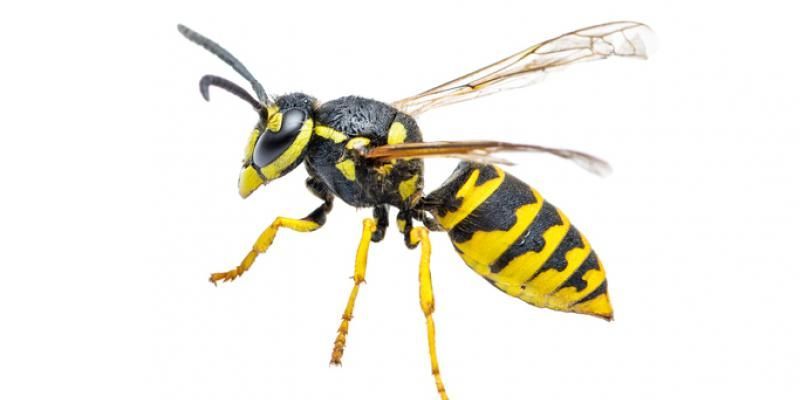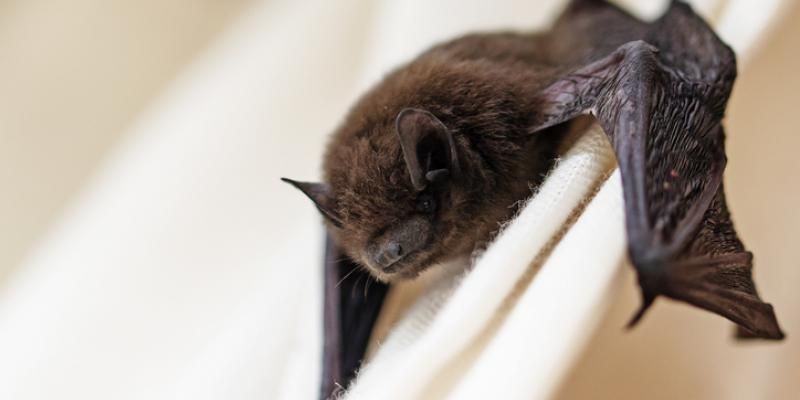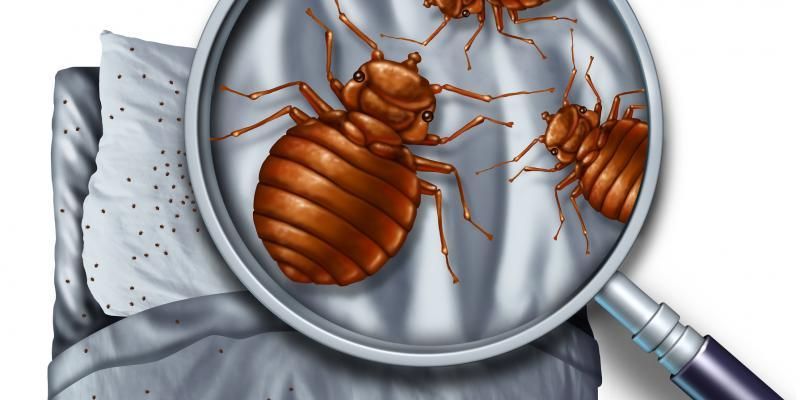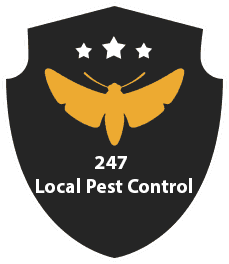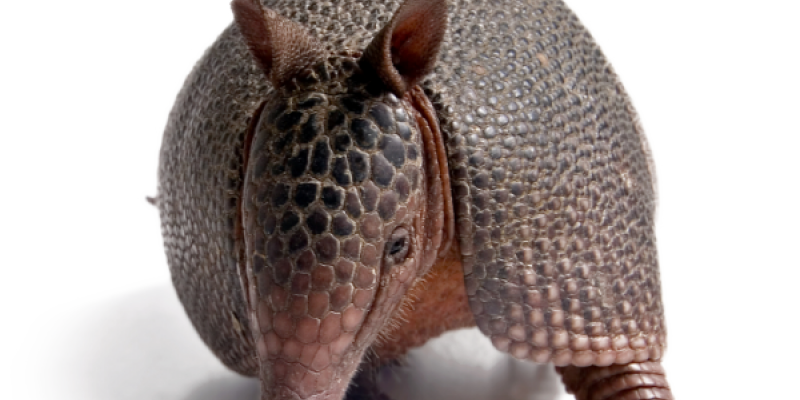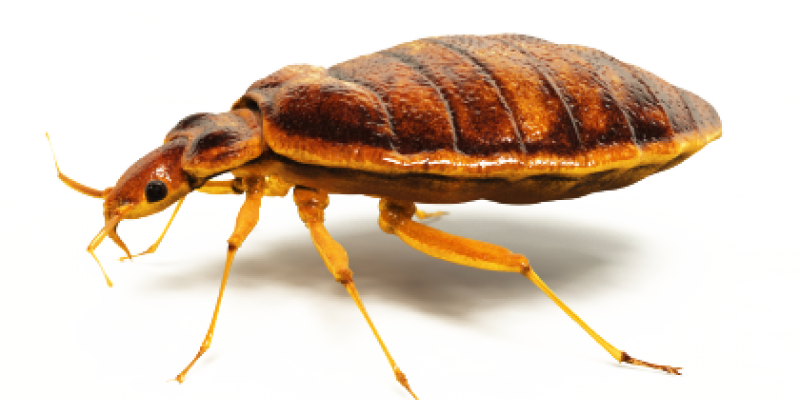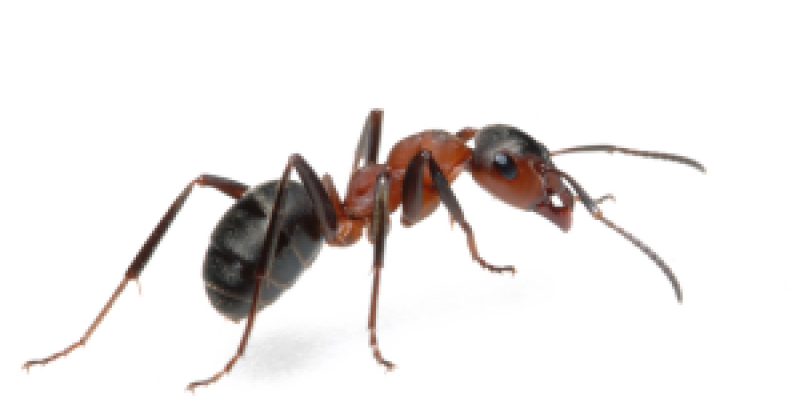WHAT ARE TERMITES?
WHAT ARE TERMITES?
It is almost that time of year again. The flowers will soon be blooming, the bees buzzing and the long sleeves finding their place in the closets for a while. It will be nice to go out and feel the new spring warmth on your skin.
Gardens will need tending, and spring cleaning will be the order of the day.
Some of the more romantically inclined will even say that spring brings out the lovers in us.
There is one creature that certainly longs for spring all winter, with lovin’ on their minds: Eastern Subterranean Termites.
WHAT ARE TERMITES?
We have surely seen clouds of them each spring, floating lazily by on the warm currents, silver wings fluttering in the sun. Some people may simply think of them as “just another bug” floating by, while others see them as a sign of sheer terror. Those that have seen them violate the sanctity of their home’s interior certainly know the danger involved. This is a very probable sign of a termite infestation.
Realizing that they missed Valentine’s Day, winged reproductive termites, commonly known as “swarmers” are activated by a chemical signal within the colony called a pheromone. At the right time of year (spring and early summer), under a very favorable set of weather conditions, the colony produces one or more “flights” of many hundreds of these star-crossed lovers. This usually occurs during the mid-morning to early afternoon, generally after a rainy period.
In a natural setting, these swarmers, which are weak fliers, flit and flutter by on the wind currents until they land in search of a moist patch of soil. Here they shed their wings, make mad passionate whoopie and burrow into the soil in hopes of growing the termite family tree. Should they land on a dry part of a house or other unsuitable surface, they will usually dehydrate and die within a few hours or so. These swarmers do not eat wood, their only job is to reproduce and lay eggs.
The importance of this to the homeowner is that if you should see these swarmers’ bodies or clear wings inside of your home, it is extremely important that a qualified inspector check your home for infestation. The most certain sign of infestation is if you actually see the swarmers exiting from a hole or muddy spot on an interior wall or surface. Sometimes you can actually scrape these “swarm castles” off of the surface and see the white worker termites inside.
If this does happen, you can apply a piece of tape over the hole(s) and the swarm will usually stop there. This is not the final solution though, because the swarm is only a symptom of a deeper infestation. You should then immediately place a few of the loose swarmers into a zip-lock bag or closed container. After that, call your 24/7 Local Pest Control office (or (833) 220-1001) where a professional inspector will respond quickly to assess the situation.
Not all swarming insects are termites. Some of the most commonly mistaken insects that look similar to termites are carpenter ants, mayflies and gnats.
ANTS VS TERMITES
Carpenter ant swarmers can even be accompanied by damaged wood and soil deposits, but your 24/7 Local Pest Controlinspector knows the difference. Mayflies are smaller than termite swarmers and have distinctive features as well. Gnats are often seen collecting around plants and windows, but are not nearly as large as termites.
If you just must know if you are looking at termite swarmers before the inspector arrives, here are a few pointers to tell ants and termite swarmers apart:
Ants’ bodies have three distinctive segmented sections with a “pinched” waist, where termites’ bodies are full all the way from head to bottom.
Ants have elbowed antennae, where termites’ antennae are straight, unbent and have a “pearled” appearance.
Ants have two pair of unequally sized wings, yet termites’ wings are generally clear and equal in length. Also, termites’ wings are close to their body, where ants’ wings are somewhat offset from the body and spread a little.
Whether you have ants or termites, damage could be occurring to your valuable investment from the inside out. It costs absolutely nothing for our friendly experts to visit and let you know just what is happening in your home and the surprisingly affordable options available to you for getting things back to normal. There will be no high-pressure sales pitches to listen to. Just friendly neighbors helping neighbors. It’s what makes us different.

